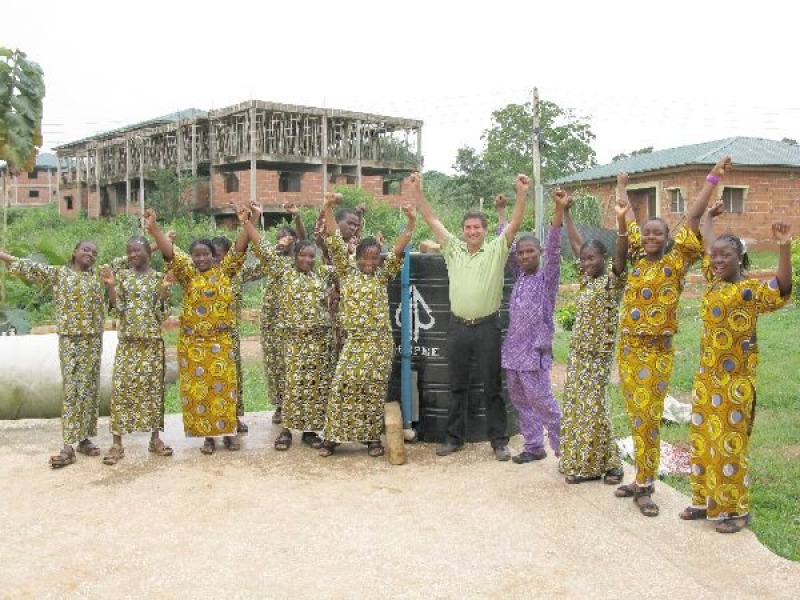
by Janice Kelsey | Apr 26, 2020 | Africa, Our Projects
August 30, 2011 At the end of the summer of 2011, Culhane was joined by Ohio State University Urban Planning Professor Charisma Acey and Nigerian-German friend Paul Chido Iwunna on a trip to Nigeria, hosted by former President Obasanjo, to spread the “gospel of...
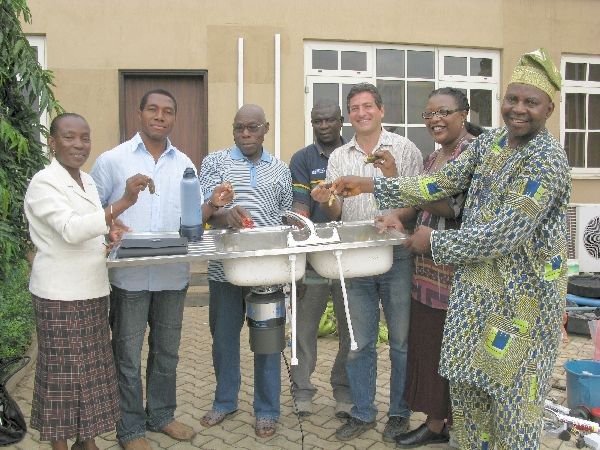
by Janice Kelsey | Apr 26, 2020 | Africa, Our Projects
August 30, 2011 His Excellency President Oluwasegun Obasanjo graciously invited us to his home to build a biodigester and then brought us around Abeokuta to see his presidential library, farms, industrial operations, plantations and reforestation areas. We also...
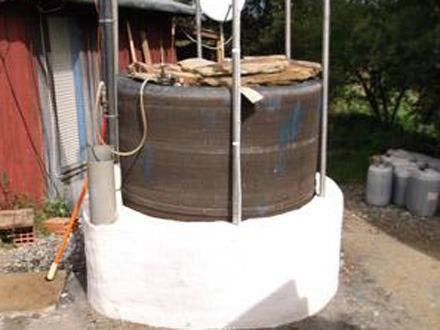
by Janice Kelsey | Apr 26, 2020 | Europe, Our Projects
August 16, 2011 Read more here. biogas-system-and-scheffler-mirror_0 Image 1 of 3 Solar CITIES Biogas and a Scheffler Mirror - two complementary ways to cook with the...
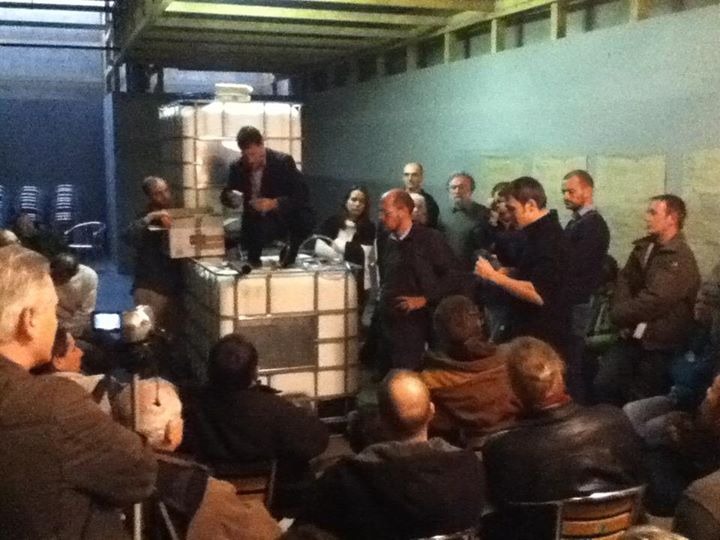
by Janice Kelsey | Apr 26, 2020 | Europe, Our Projects
August 5, 2011 As a result of our Slovakia workshop, we held a biogas building workshop in Budapest, where I demonstrated the Solar CITIES IBC system for colder climates. I enjoyed the crowd sourcing and collective intelligence nature of the participants who came up...
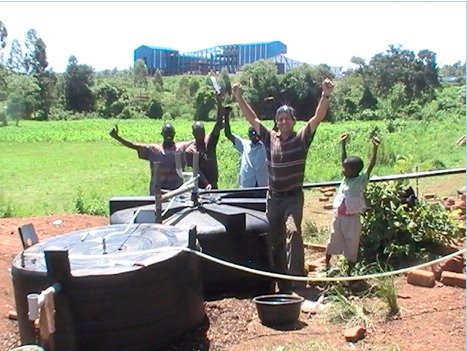
by Janice Kelsey | Apr 26, 2020 | Africa, Our Projects
June 14, 2011 As part of the Blackstone Ranch/National Geographic Innovation Challenge Grant, Culhane returned to Kenya and built digesters at the school of fellow Nat Geo Emerging Explorer Kakenya Ntaiya.
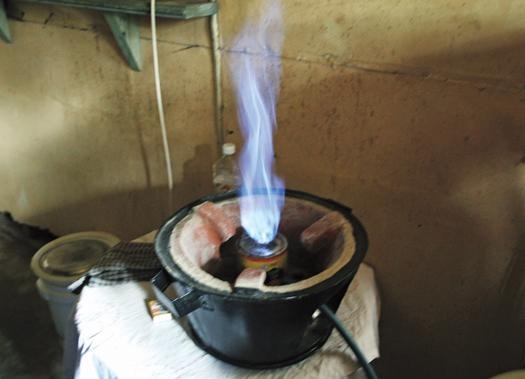
by Janice Kelsey | Apr 26, 2020 | Africa, Our Projects
June 14, 2011 Working in partnership with Simama e.V. we built a Solar CITIES enhanced ARTI digester at the Mukuru Arts Academy in Mukuru Slum, Nairobi in 2010. Simama is a German association with a mission of development through the arts. We worked with Mink Noordam...







